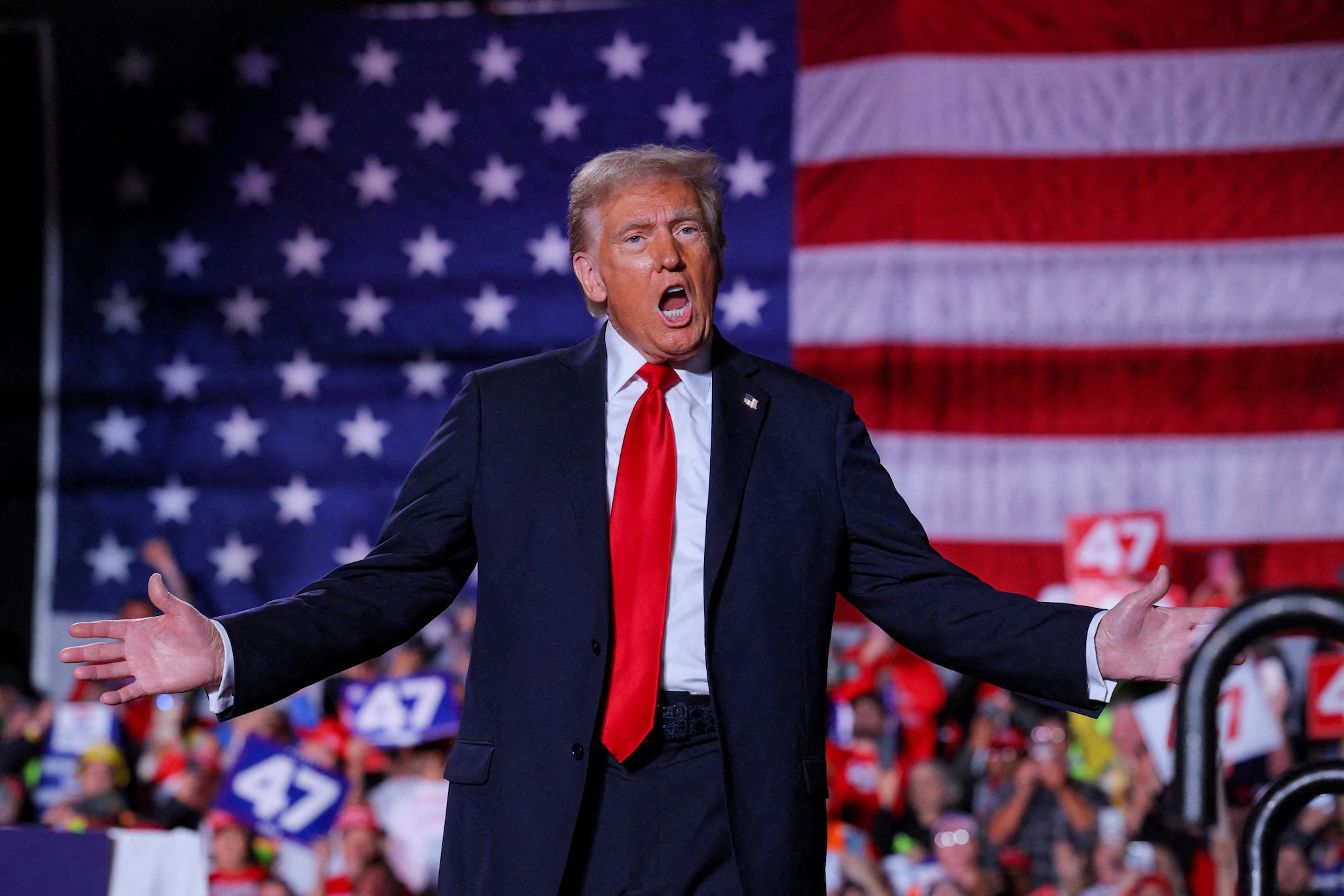
Unprecedented Bidding War Erupts Over Anysphere, Creator of Popular AI Coding Assistant Cursor
Technology News
Zaker Adham
09 November 2024
05 October 2024
|
Zaker Adham
Summary
Summary
Visa has taken another major step in digital payments innovation with the launch of its Tokenized Asset Platform (VTAP). Designed for banking service providers, VTAP will enable the issuance of fiat-backed digital tokens on blockchain networks. Notably, BBVA is expected to leverage the platform to create digital tokens on the Ethereum (ETH) blockchain, with pilot programs expected to go live in 2025.

As one of the leading facilitators of digital payments, Visa (NYSE: V) is now helping bridge the gap between traditional fiat currencies and blockchain technology. The Visa Tokenized Asset Platform (VTAP) provides a secure, scalable solution for financial institutions to issue and manage fiat-backed tokens. This new product is available through the Visa Developer Platform, allowing financial institutions to experiment with their own tokens within a sandbox environment.
With a global network that spans over 15,000 financial institutions and facilitates transactions in more than 200 countries, Visa continues to lead in the digital payments landscape. By applying its expertise in tokenization and smart contracts, Visa is enabling banks to bring fiat-backed tokens into the blockchain ecosystem.
Vanessa Colella, Visa’s Global Head of Innovation and Digital Partnerships, highlighted that Visa has been at the forefront of digital payments for nearly six decades. The launch of VTAP, according to Colella, positions Visa once again as an industry leader, pushing the boundaries of digital payments technology. “We are leveraging our extensive experience with tokenization to help banks integrate blockchain technologies into their operations,” she added.
The Visa Tokenized Asset Platform (VTAP) offers several advantages for banks and financial institutions:
BBVA, one of the early adopters of VTAP, has been testing core functionalities, such as token issuance and smart contract interaction, throughout 2024. The financial institution plans to conduct a live pilot in 2025, which will include the issuance, transfer, and redemption of bank tokens on a blockchain testnet.
Visa remains committed to collaborating with financial institutions and fintechs to develop standards that will enable the safe and compliant growth of blockchain-based payment flows.

Technology News
Zaker Adham
09 November 2024

Technology News
Zaker Adham
09 November 2024

Technology News
Zaker Adham
09 November 2024

Technology News
Zaker Adham
07 November 2024